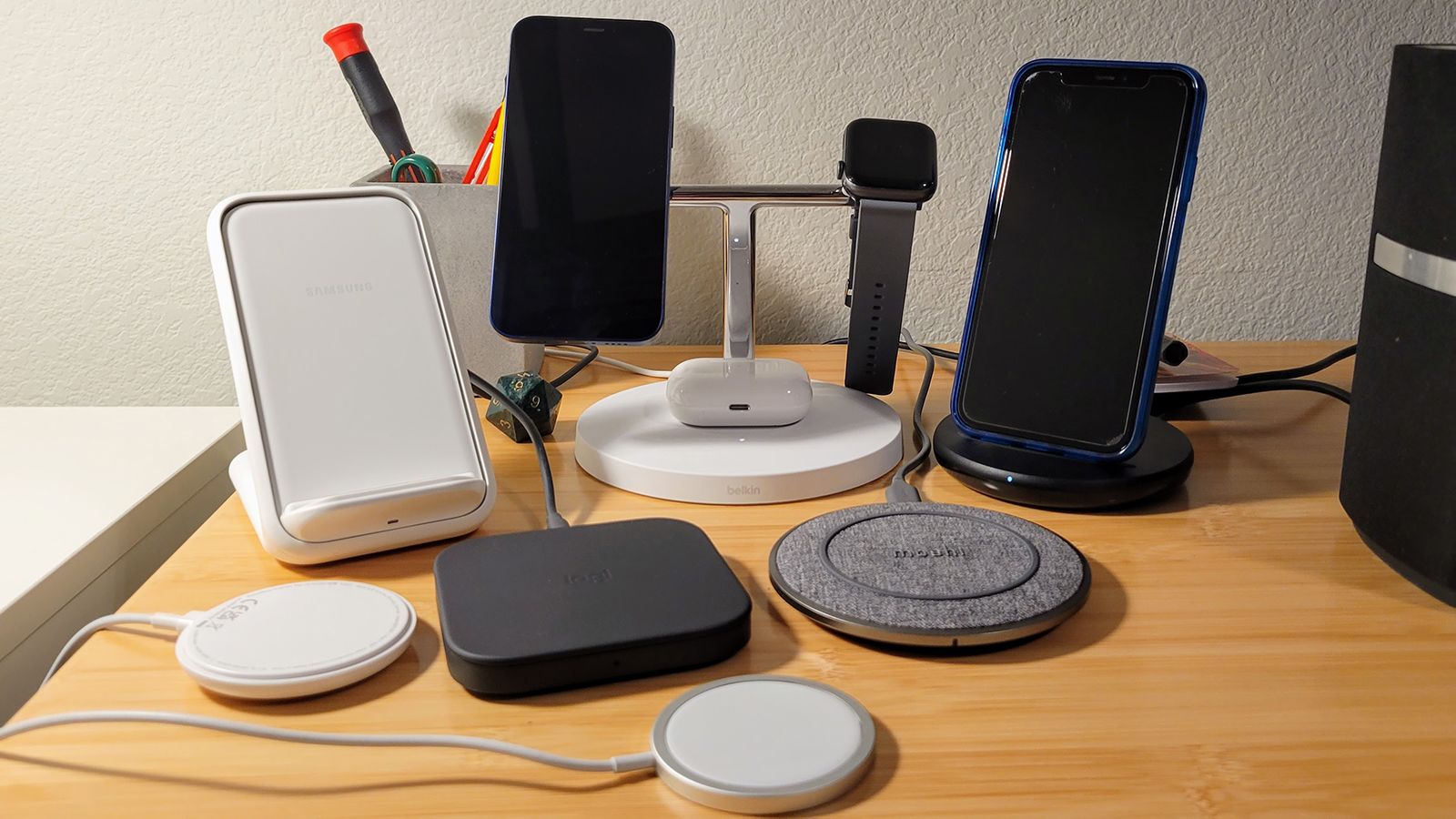Using eco-friendly charging methods for your Android device will not only extend its lifespan but also leave a smaller footprint on the world. You can charge your Android devices in a greener way by following these tips and using new technology:
1. Use a solar charger
Solar chargers convert sunlight directly into energy, making them a very environmentally friendly way to charge Android phones. They come in handy when you’re outside or somewhere without electrical outlets. Solar panels are now more efficient, cheaper and available in different sizes, from small ones that you can carry with you to larger ones with more power.
2. Use a charging adapter that consumes less power
Look for chargers with certifications such as Energy Star, which indicates that they use very little energy. When these chargers are in sleep mode, they use less power than necessary. Some newer chargers also automatically turn off when the battery is fully charged to prevent overcharging and save energy.
3. Use a smart power strip
Smart power strips can help you control your energy consumption by turning off unused gadgets when you’re not using them. Connecting the charger to your smartband ensures that your phone’s battery does not continue to drain even after it is fully charged.
4. Choose a charging cable that is good for the environment.
Buy charging cables that are made from recycled materials or meet environmental standards. Cables on the market are made from environmentally friendly materials such as recyclable parts and recycled plastics. They are also very strong.
5. Check the charging time
Don’t leave your Android device turned on while you sleep. Charging for too long not only causes energy loss, but also shortens the battery life. Once the device is fully charged, remove it from the charger. A power management app lets you monitor your device’s charge level and lets you know when it’s fully charged.
6. Take advantage of your device’s fast charging settings
Change the settings on your gadget to make the battery last longer. This means turning off the screen, closing unnecessary apps, and turning off features like Bluetooth and GPS when not in use. When batteries are used efficiently, they do not need to be charged as often or for longer periods of time, saving energy.
7. Choose high-quality batteries and store them properly.
Using quality batteries and taking good care of them can help your device battery last longer, which is better for the world than throwing them away. To extend the life of your battery, you need to take the right steps, such as keeping it away from high temperatures and charging it between 20% and 80% of its capacity.
8. Throw away old electronics
When you purchase new equipment, dispose of old equipment properly. Many old smartphone parts, such as batteries, can be recycled or used for other purposes. This makes e-waste less harmful to the planet.
9. Returning clean energy to the source
If possible, try to charge your devices when clean energy sources such as solar or wind energy are feeding power into the grid. Some utilities let you know via an app or push notifications when renewable energy is available.
10. Get an education and teach others
Stay informed about mobile device technologies and habits that are better for the environment. Talk to family and friends about what you know to make your work more effective.
